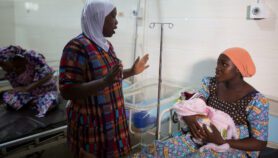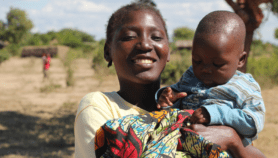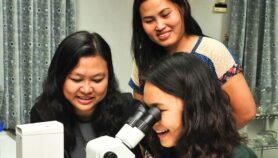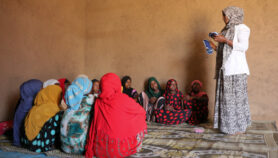By: Helen Mendes
Send to a friend
The details you provide on this page will not be used to send unsolicited email, and will not be sold to a 3rd party. See privacy policy.
[CURITIBA, BRAZIL] The shortage of women in science stems in part from track record assessments that fail adequately to account for part-time status, career interruptions and teaching commitments, according to a study.
Australian researchers used an ecological model to explore the mechanisms that drive women out of research careers. They argue that just as there is a minimum birth rate needed to sustain a population, so there is a minimum publication rate needed for building an effective research career.
But the time spent on research does not strictly correlate with productivity and publication rates, the paper published in the July issue of Oikos says. Universities must be more aware that simply equating time spent on research to projected output for part-time and full-time academics is not realistic, it says.
For example, to build a successful research career, a part-time researcher working 50 per cent of the time might need more than simply twice as long as his or her full-time counterpart, due to the quality of time spent being diminished by intermittence and disruptions.
Failure to appreciate this often means women, who take time out to start families, fall short of the critical publication threshold necessary for establishing research careers, the paper says.
"There is this non-linear relationship in research which makes it difficult to become established, and drives women from research to teaching," thus limiting opportunities for academic promotion and job security, Kate O’Brien, a chemical engineer at the University of Queensland, Australia, and co-author of the study, told SciDev.Net.
"Without direct action, this trend is set to continue," the paper warns. "Increasing assessment of university performance using research quality metrics developed for full-time uninterrupted employment is likely to reduce gender diversity within the research workforce, and so reduce the pool of talent from which researchers are drawn."
The paper makes several recommendations to female researchers and universities, and suggests providing ‘Return to Research’ seed funding to women who take extended time off to care for their families before establishing their research careers.
Miriam Díaz, a professor of ecology at the Universidad Francisco de Miranda in Coro, Venezuela, and member of the Organization for Women in Science for the Developing World (OWSD), suggests that to improve productivity levels, women should "have more training in writing papers and proposals".
Mayra de la Torre Martínez, a Mexican biochemical engineer and vice-president of OWSD’s Latin American branch, told SciDev.Net: "Women scientists here [in Mexico] have the same problems as women around the world: we do the work, but we are not recognized — to get a better position, we must have better projects than men. However, we are working to change this".
References
Oikos doi: 10.1111/j.1600-0706.2012.20601.x (2012)













